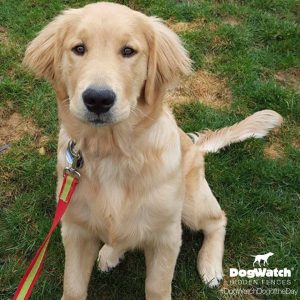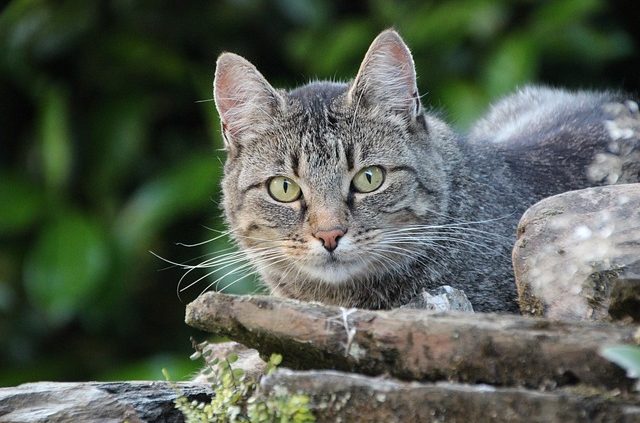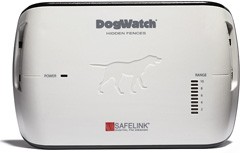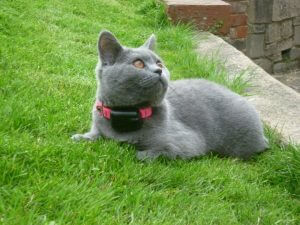What are the UK’s most popular dog breeds?
The Top 10 of UK dog breeds in 2018
Just as fashions change so do peoples preferences for their dog breeds. This could be down to life style changes or even social media. Here at DogFence we have seen a trend towards smaller breeds and poodle crosses. It’s good to see, however, that still firmly in the #1 position is the Labrador/Retriever.
1. The Labrador/Retriever – Always a firm favourite as a family pet , they are loyal, biddable and also highly intelligent. On the negative side they are often quite food orientated which has earned them the nickname of the hoovers in the DogFence office! Interestingly they were the #1 breed that we contained on the system until 2014 when they were overtaken by the Cockapoo!.
2. Cocker Spaniel – A popular choice for both families and also as a working dog the Cocker Spaniel is also a highly intelligent breed but often a good choice for those who don’t want a large breed dog. They are also an extremely handsome breed and have consistently been placed first as best in show at Crufts. They can be a little strong willed and when mixed with the poodle to create the Cockapoo the result can be a very intelligent but stubborn Houdini.
3. Springer Spaniel (English) -Another Gun dog meaning that the top 3 places are held by working dogs. Traditionally a little more sensitive than the Cocker Spaniel and extremely loyal they have a wonderful nature and make excellent family pets. We describe the Springers as fun loving and busy!
4. German Shepherd – The German Shepherd (aka The Alsatian) is a very loyal and intelligent breed. Known for their bravery they are an interesting breeds as they are also quite sensitive and are often misunderstood by those that do not know the breed. They are often used by the Police or armed forces as a service dog because of their fearless nature and intelligence
5. Staffordshire Bull Terrier – The Staffordshire Bull Terrier is again a breed that comes with a reputation that they do not deserve. When homed in a loving family this loyal breed is both affectionate and inquisitive. Sadly in recent years they have become popular because of their stocky stature and fearless nature and are often the subject of abuse and neglect. Luckily when re-homed into a loving home they make excellent and loyal pets.
6. Border Terrier -Formerly our #2 breed that we contained on the System Border Terrier is a small rough-coated dog originating from the Scottish borders. They have a wonderful personality and are a popular choice of breed for vets as they both hardy and fun loving. These little dogs love children but don’t be fooled by their sweet looking faces as they are also avid hunters and have a high prey drive (hence the need to contain them effectively with the hidden fence).
7. Cavalier King Charles Spaniel – The Cavalier King Charles Spaniel, is a popular choice for families who like the kind nature found within the Spaniel family but want a small dog. They are friendly and affectionate and love to be sat on someone’s lap.
8. The Golden Retriever – The Golden Retriever or “steady Eddy” as we call them! This breed has the kindest temperament. They are extremely intelligent but do be warned as they love water and if you are not a fan of that “wet dog” smell then this may not be the breed for you. Known for their loyalty and ability to work with people they can be found in many working roles such as search and rescue, assistance for blind or deaf people.
9. Pug – The Pug breed has increased in popularity over the last few years – they are loved because of looks, small and stocky (almost a mini Boxer with a curly tail) they are entertaining and good-natured.
10. Boxer – The boxer dog, (one of our favourites) was named because of the ‘boxing’ moves they make when fighting or play fighting. Sadly their popularity has fallen in in recent years, but they do make excellent family pets provided you are prepared for the fact that they are bouncy and not nearly as intelligent as the Lab or Springer. They are always looking to please and extremely good natured.








